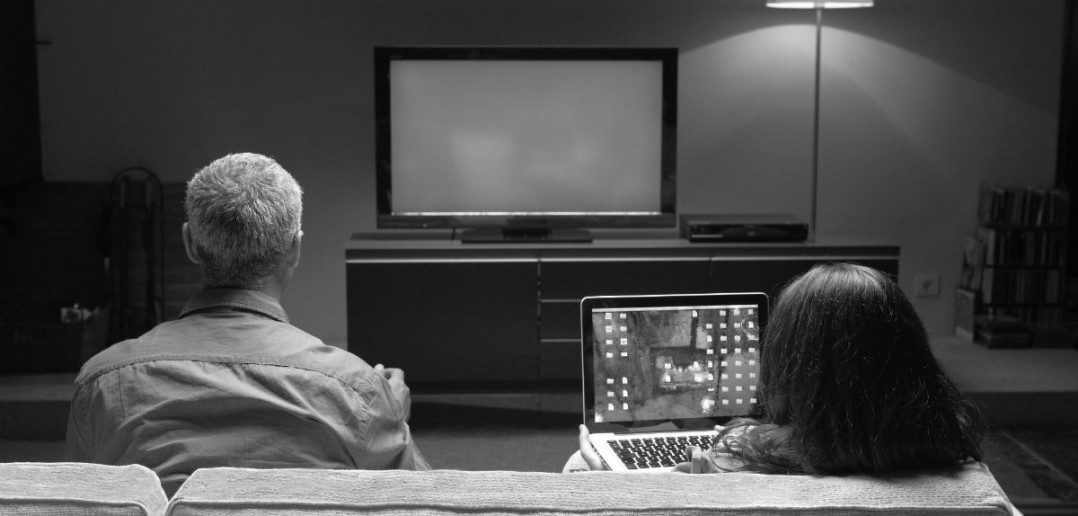The great black and white landscape photographer Ansel Adams came up with a system of pre-visualisation that enabled him to both accurately record a scene as it appeared to his eye, or to alter reality to record an image that was visible only in the mind’s eye. He called his system the Zone System, and it involved placing each part of a picture into one of eleven shades of grey, from absolute black to absolute white. By placing part of the scene on a zone above or below that required merely to record it accurately, a photographer could alter the resulting image to create an entirely new mood.
At this point you may well be asking yourself: what is this man on about? Well, for some years now the TV industry has been seeing in monochrome. The rapidly changing competitive landscape and the industry’s responses to it has all been visualised as black or white with no shades of grey in between.
These extremes, that Ansel would have classified as seeing only zone zero (pure black) and zone 10 (pure white), embrace attitudes like: Netflix is the end of traditional TV; Direct-to-Consumer will kill all existing business relationships; SVoD customers don’t want traditional pay TV; young people don’t watch linear… the list goes on.
Extreme reactions to what is unquestionably a rapid change in the dynamic of the whole TV industry are perhaps not surprising. But the time has come to embrace the grey and realise that, as with most things in life, the answer to the industry’s biggest questions lies in finding balance.
In that balance are the solutions to the new business models that will carry the TV industry forward and allow distribution platforms to deliver the content that TV viewers want in the way that they want it. The net result: everyone wins.
By looking for the subtle shades, the extremes of pure black and pure white suddenly don’t seem so void of detail, or quite so scary.
So what’s the evidence for going for grey? Let’s look at some of those black and white views that have become received wisdom over the last few years. Firstly, Netflix is pay TV enemy number one. Well, not really. In fact, it’s quite clear that Netflix is not a pay TV killer. Our research shows that Netflix customers are more, not less, likely to have pay TV; and far more likely to have premium sport and movie channels than average.
It’s also clear that Subscription Video-on-Demand (SVoD) homes are more likely to take multiple paid Over the Top (OTT) streaming services. In a way these customers are ‘super’ subscribers. They are putting together their own TV bundles from multiple sources while the operators and pay TV providers battle amongst themselves. By embracing the grey and looking for ways to work with, rather than fight, new SVoD entrants, traditional distributors can strengthen their overall offer.
Direct-to-Consumer (DTC) OTT services – like HBO Now or Sling TV – represent another emerging area that seems to pose a significant threat to the status quo. But where once it was considered an act of treason by the pay TV channel groups, a crime so heinous that it would destroy long-nurtured channel carriage relationships, direct-to-consumer services from major studios and channel groups are now a reality. No one has died. In fact, like SVoD, DTC services should simply be embraced as an addition to the wider channel portfolio. Their importance going forward is that they fit perfectly into the next generation bundles that the savviest consumers are constructing. Embrace the grey and look to include DTC as part of the wider offer.
And what about those pesky kids? It’s true that the young watch less TV, although some of that is due to measurement systems having yet to catch up with young people’s behaviour. It’s also true that they watch it in a different way, embracing non-linear platforms to a far greater degree than other age groups. Their content preferences are also driven by sources outside the traditional TV production realm. But mining YouTube, Snapchat and Instagram for talent and looking to emerging live video platforms like Periscope and Facebook Live as a new way to broadcast and engage are all examples of embracing the grey, as is the increasing cross-over between traditional channel groups and new video producers. And that cross-over is working in both directions….just look at Vice Media’s recent move to linear; the launch of a new eSports channel in Scandinavia; and the first announcements from content producers that will seem them produce shows for Facebook Live.
So let’s move away from the binary of absolute black and absolute white and look to the mid-tones. That’s where the key lies to creating the next generation TV offer that consumers are crying out for.
Top photo: © Shutterstock / ABB Photo




